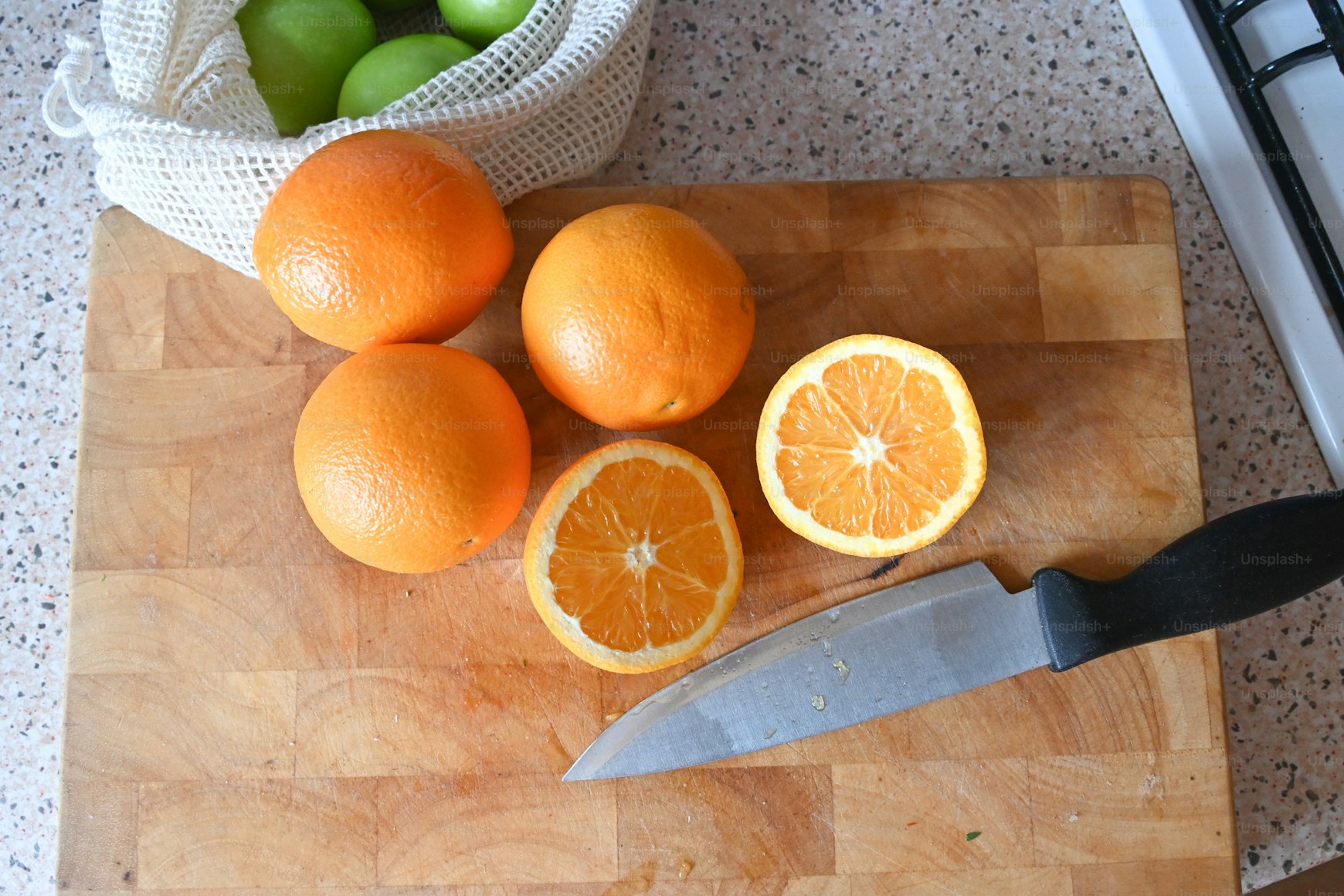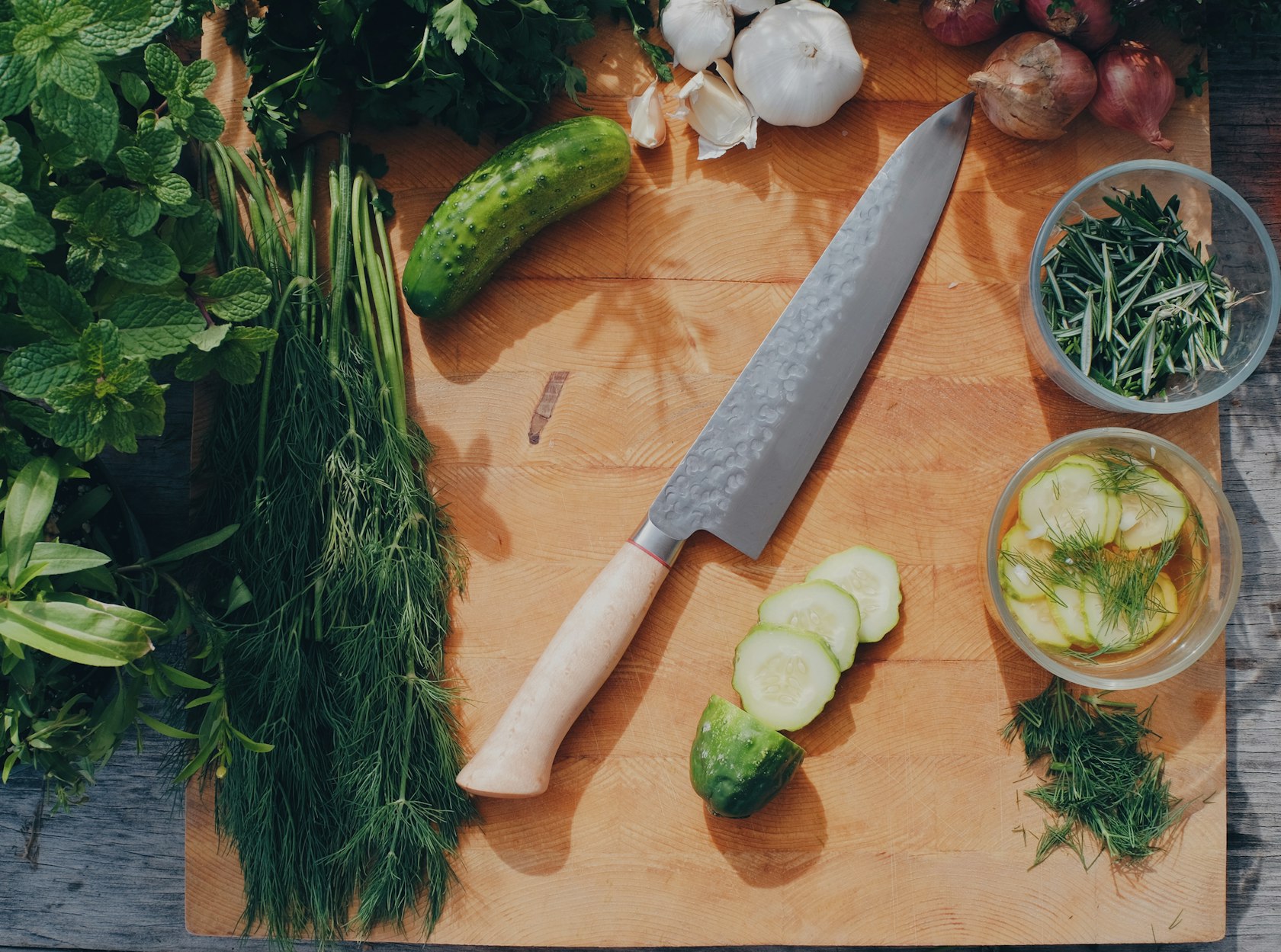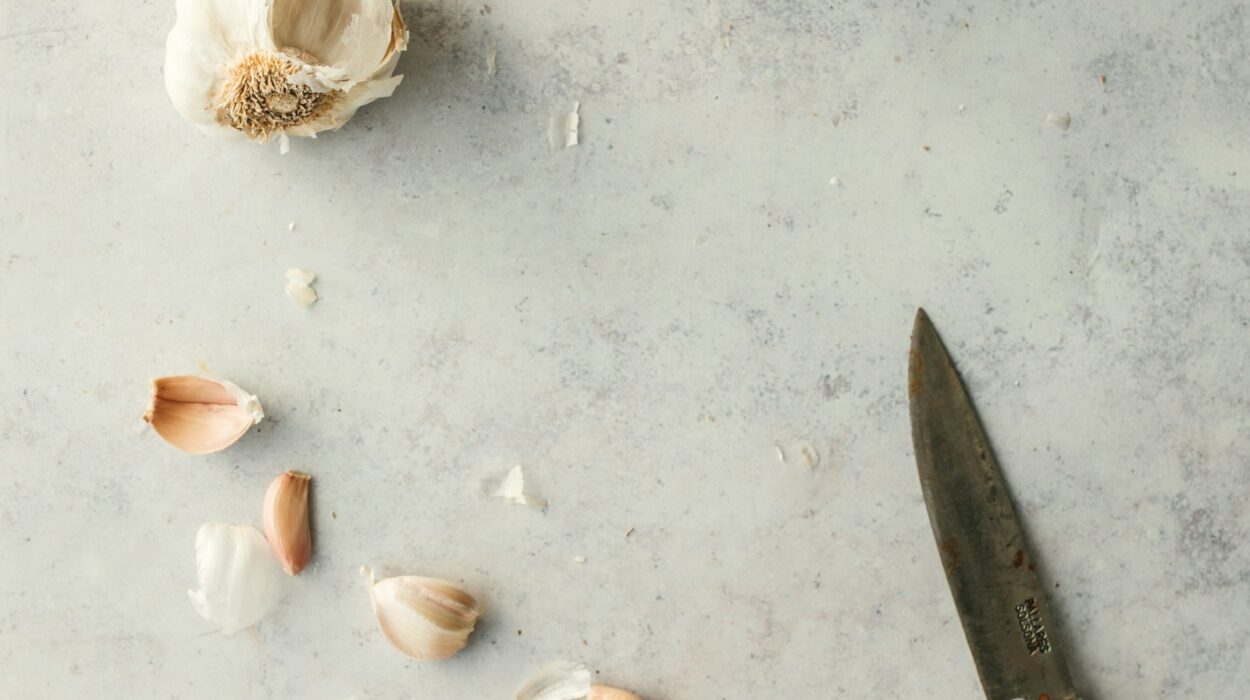Chef knives are essential tools in any kitchen. Whether you’re a professional chef or a home cook, a good chef knife becomes an extension of your hand. One often overlooked aspect of a chef knife is the handle. The material and design of the handle can significantly affect the knife’s comfort, functionality, and safety. But what are chef knife handles made of? In this article, we’ll dive into the various materials used to craft these critical components and their respective benefits and drawbacks. Strap in for a comprehensive guide that will leave you delighted and better informed about your kitchen companions.

The Importance of Knife Handles

Types of Materials Used for Chef Knife Handles
Wood Handles
- Wood Handles: Classic, Comfortable, and Aesthetic
- Types of Wood
- Care and Maintenance
Plastic Handles
- Plastics: Durable and Affordable
- Types of Plastics
- Environmental Considerations
Composite Handles
- Strength and Durability Combined
- Popular Composite Materials
Metal Handles
- Elegance and Longevity
- Types of Metals Used

Wood Handles: Classic, Comfortable, and Aesthetic
Wooden handles are a timeless choice for chef knives. They provide a warm, natural feel and can be very comfortable to hold. The grains and patterns in the wood make each handle unique. However, wooden handles require more maintenance to prevent cracking and splitting. Regular cleaning and oiling are essential.
Types of Wood
Hardwoods like oak, walnut, and mahogany are commonly used for knife handles because of their durability and strength. Exotic woods like cocobolo and ironwood are also popular choices for their beauty and density.
Care and Maintenance
Proper care involves regular cleaning and oiling to keep the wood from drying out. Using food-safe mineral oil is recommended. Avoid soaking wooden handles in water, as this can lead to damage.
For more tips on maintaining your chef knives, click here.

Plastic Handles: Durable and Affordable
Plastic handles are commonly used because they are affordable, easy to manufacture, and come in various colors and designs. They are also resistant to moisture and generally require less maintenance than wooden handles.
Types of Plastics
Common plastics used include polypropylene and ABS (Acrylonitrile Butadiene Styrene). These materials are lightweight and resistant to various chemicals.
Environmental Considerations
While plastic handles are convenient and cost-effective, they are not the most environmentally friendly option. Some plastics can take years to decompose, contributing to environmental pollution. Look for handles made from recycled or biodegradable plastics as a more sustainable option.
Composite Handles: Strength and Durability Combined
Composite handles are made from a combination of materials, typically wood and resin or fiberglass. These handles are designed to offer the best of both worlds: the beauty of wood and the durability of synthetic materials.
Popular Composite Materials
Common composites include micarta and pakkawood. Micarta is made from resin and paper or fabric layers, while pakkawood combines wood veneers and resin. Both materials are known for their strength, resilience, and aesthetic appeal.
Metal Handles: Elegance and Longevity
Metal handles are another option, often found in professional-grade chef knives. These handles provide a sleek, modern look and are incredibly durable. However, they can be heavier and colder to the touch compared to other materials.
Types of Metals Used
Stainless steel and aluminum are common choices for metal handles. Both materials are corrosion-resistant and easy to clean, making them suitable for daily use.
To learn more about using your chef knife effectively, click here.
Factors to Consider When Choosing a Chef Knife Handle
Comfort and Grip
The handle should feel comfortable in your hand and provide a secure grip. A good handle will reduce hand fatigue and improve your cutting efficiency.
Weight
The weight of the handle affects the knife’s balance. A well-balanced knife is easier to control, making your cutting tasks more precise and less tiring.
Durability
The handle material should be robust enough to withstand daily use and resist damage from moisture, heat, and chemicals.
For more details on knife safety, click here.
Caring for Different Types of Knife Handles
Wood Handles
Plastic Handles
Composite Handles
Metal Handles
Frequently Asked Questions
Are wooden handles more durable than plastic handles?
Wooden handles can be very durable if properly maintained. They require regular cleaning and oiling. Plastic handles are generally more resistant to moisture and require less maintenance, but they may not offer the same level of comfort and aesthetic appeal as wooden handles.
What is the best material for a chef knife handle?
The best material depends on your personal preferences and needs. Wooden handles offer a classic look and feel but require more care. Plastic handles are affordable and low-maintenance. Composite handles provide a balance of beauty and durability. Metal handles are highly durable but can be heavier.
How should I care for my chef knife handle?
Regular cleaning and proper storage are essential. Wooden handles need to be oiled regularly using a food-safe mineral oil. Plastic, composite, and metal handles should be washed with mild soap and water and dried thoroughly.
As an Amazon Associate, I earn from qualifying purchases.
As an Amazon Associate, I earn from qualifying purchases.


